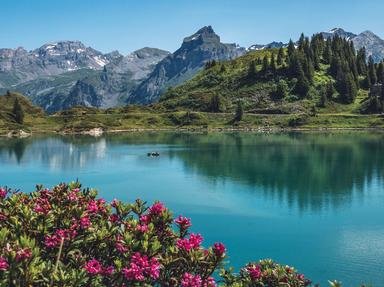
Go For the Gulf! Trivia Quiz
Here on the map, see if you can identify where these ten gulfs are located along the coasts of the world. Good luck!
A label quiz
by kyleisalive.
Estimated time: 3 mins.


| 1. |
| 2. |
| 3. |
| 4. |
| 5. |
| 6. |
| 7. |
| 8. |
| 9. |
| 10. |